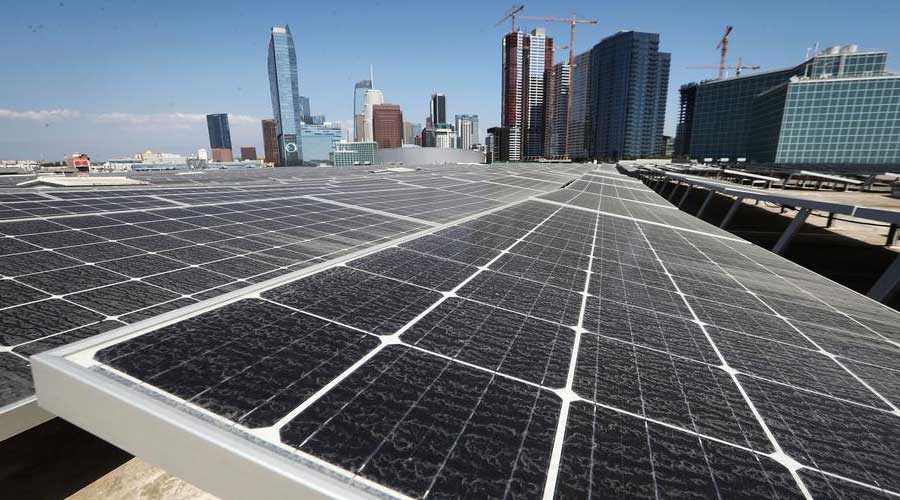Light pollution is so bad in London at night that it can power solar panels, experts have said.
The growth of illumination from neon signs, office blocks and transport networks is creating a permanently lit world that is damaging human health and wildlife, and blocking out the night sky.
Kerem Asfuroglu, a dark sky advocate from lighting specialist Dark Source, said cities could become so light polluted that people might need to carry umbrellas to shade themselves from the glare.
He noticed that light pollution in London had become so bad it could power solar panels at night and, to highlight the issue, created an umbrella that can light up using solar cells that suck energy from the surrounding dazzle. It was put to the test at Piccadilly Circus, where there was enough light from advertisements, buses and businesses to power bulbs in the fabric seams.
At a recent Dark and Quiet Skies conference, organised by the Royal Astronomical Society and the UK Space Agency, Asfuroglu said: “This keeps me awake at night thinking what the future of lighting will be.
“The light pollution in London is so bad that you can charge solar panels at night. So we decided to do something with that and we had the idea of coming up with an artistic project that really showed the level of light pollution.
“This is a cultural issue as well as an environmental one. Our visual system is very sensitive to contrast at night and our perception of the base level of darkness is now very saturated and diluted.”
A recent study showed that the night sky is brightening by 9.6 per cent on average globally each year, as light pollution gets worse. The problem is so bad that a child born today would see fewer than half the stars currently visible by the time they reach adulthood.
Dr Hannah Dalgleish, a researcher in astronomy and society at the University of Oxford, warned that excess light had wide implications for health, both for humans and animals.
She is concerned that the push to install LED lighting to save energy is having a damaging effect on circadian rhythms because the harsh blue-white glare confuses our natural body clock.
Disrupting circadian rhythms has been linked to a raft of problems including sleep disorders, diabetes, obesity, depression and even cancer.
“LEDs are being implemented more than ever, and were thought to be great, environmentally friendly solutions, however they did not realise that you are being exposed to this blue light and times of day when nature isn’t used to it.
“So you’re altering the behaviour of everything alive, whether it’s a tree that might be budding two weeks later or a hedgehog that cannot move around as they require dark corridors and everyone is lighting up their gardens.”
The Sunday Telegraph











